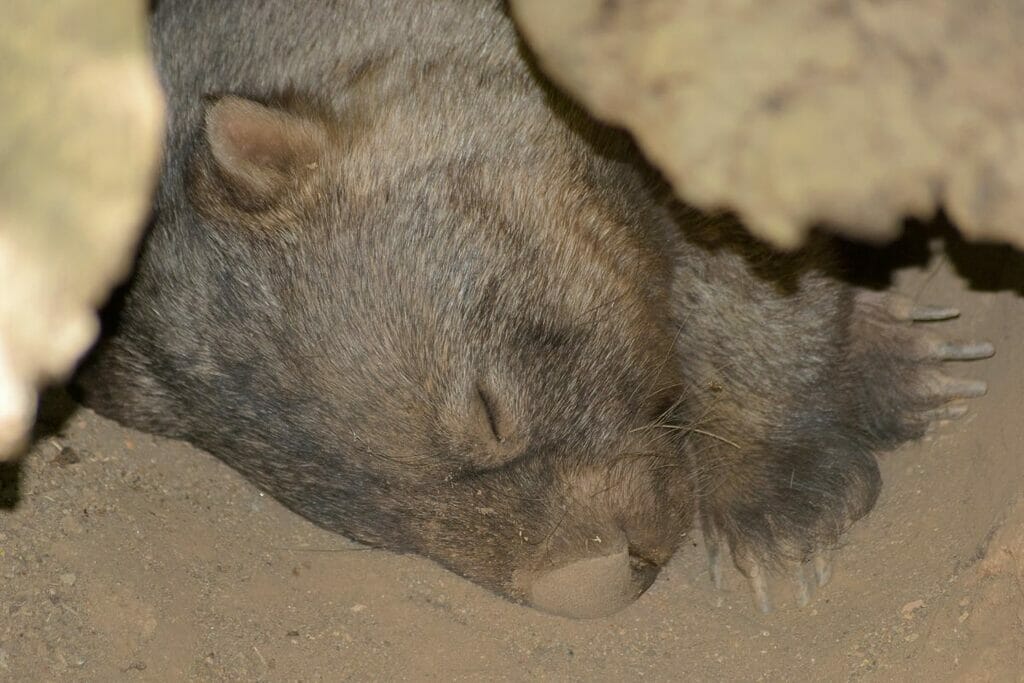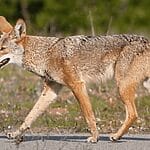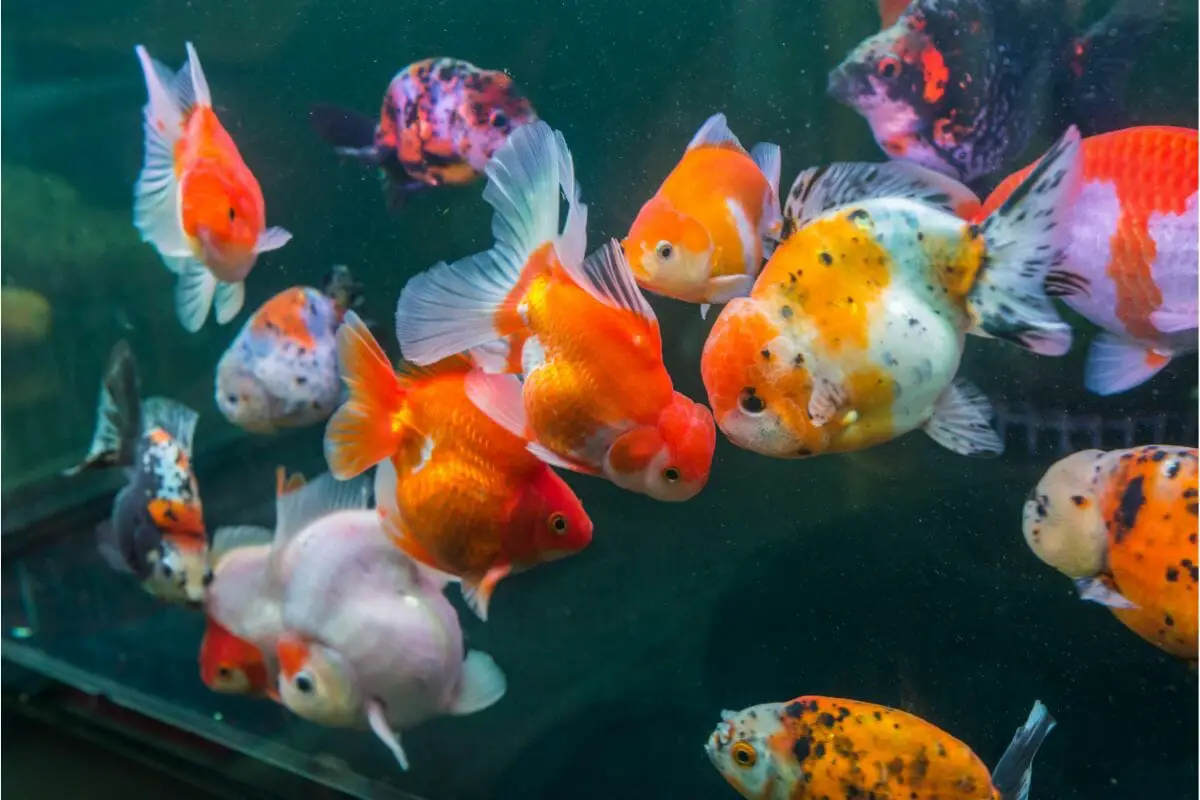When most people think about getting a pet, they consider the classic choices, like dogs, cats, hamsters, or goldfish.
In recent years, though, exotic pets have become more commonplace in the United States. In fact, it’s now estimated that about 13% of US households have at least one exotic pet.

The exotic pet spectrum includes reptiles like turtles, snakes, and lizards; amphibians such as frogs and salamanders; and even exotic birds like cockatoos and parrots.
Ownership of exotic pets has always been a controversial topic, but none more so than one particular category of animal: the marsupial.
If you’ve been considering a marsupial as a pet, read on! There are some important things you need to know about domesticating this type of animal, and some of them may come as a surprise.
What Is A Marsupial?
First of all, what is a marsupial? Marsupials are mammals of the infraclass Marsupialia, or as it’s most commonly known, Metatheria.
The Meatheria infraclass contains over 250 individual mammal species, but the most well-known ones include koalas, opossums, wallabies, Tasmanian devils, kangaroos, wombats, and sugar gliders.
A mammal can be classified as a marsupial if it is born prematurely and is able to continue developing through being attached to the mother in some way.
For example, when baby kangaroos are born, they are not fully developed, but thanks to the mother’s pouch (marsupium), they have a safe place to continue their development.
Should Marsupials Be Kept As Pets?
When it comes to keeping marsupials as pets, there’s one big question that causes a lot of controversy in the exotic pet community: should it be done?
Marsupials come under the umbrella of exotic pets, and the domestication of any exotic animal has been criticized by animal rights activists.
The main reason why the keeping of exotic pets has come under fire from animal rights organizations is because keeping a wild, exotic animal outside of its natural habitat will always, in some way, limit the behaviors that these animals would naturally engage in. In many cases, this can be detrimental to both their physical and mental health.
Even when people can afford to recreate an exotic animal’s natural environment perfectly, the special housing exotic animals require in places like the US inevitably limits their ability to roam freely.
The animal will always, effectively, live in captivity. While you could argue that the same is true of a dog or a cat, the situation is worse for exotic animals because they have not been bred for a sheltered life as domesticated canines and felines have, for example.
There’s also the issue of the pet trade. The exotic pet trade is notorious for treating its animals poorly.
Exotic animals are frequently poached from their real habitats and then have to be shipped across the world, which is a process that often proves fatal to the animals especially when food, water, and temperature control are lacking.
Not only that, but the exotic pet trade can be detrimental to wild ecosystems and animal populations. Many animal species have become endangered as a result of illegal wildlife trading.
Can You Have Large Marsupials As Pets?
The question of whether you can keep marsupials as pets is quite a vague one because, as we mentioned earlier, there are over 250 different species in the marsupial infraclass.
With that being said, the answer is fairly obvious when it comes to some of the larger marsupials out there in the world. Kangaroos, for example, are far too large to be kept as pets unless you have an enormous backyard.
Even then, since these animals are capable of inflicting some serious damage on humans when they feel defensive of their territory, combining your territory with that of a kangaroo by keeping one of these marsupials as a pet could be pretty disastrous.
The same could be said of koalas, which, although generally docile, can deliver nasty bites ridden with dangerous bacteria. And most people would probably agree that keeping a Tasmanian Devil as a pet is probably not a good idea.
Many marsupials need very specific environments (about two thirds of these animals live in Australia and the rest mainly live in South America) which complicates the idea of keeping large marsupials as pets in any of the 50 US states since this would involve creating a large-scale artificial environment to mimic their natural habitats, costing a huge amount of time and money.
The final reason why animal rights activists usually advise against owning exotic animals is because many well-meaning owners think they can take care of an exotic pet when, in reality, they’re not prepared for everything this entails.
Some owners don’t understand how long exotic animals can live for or how expensive they can be to care for. This may result in pets being unintentionally neglected or eventually abandoned.
Should You Keep Sugar Gliders As Pets?

The most common marsupial that exotic pet enthusiasts express interest in domesticating is the sugar glider, so let’s take a moment to consider whether these adorable, furry creatures should be kept as pets.
At first glance, keeping a sugar glider as a pet might not seem all that different from owning a cat or a rabbit. These animals are small, furry and cute – everything many of us look for in our animal companions.
Many people will object to the idea of owning a sugar glider as a pet due to the problems with exotic pet trading and ownership outlined above.
Plus, sugar gliders are naturally nocturnal, social with members of their own species, and love climbing trees, so being kept in a home with people who are awake and noisy during the daytime is limiting and distressing, particularly if you only get one sugar glider.
With that being said, it is legal to own a sugar glider as a pet in the United States, so if your heart is set on it, there’s nothing stopping you from doing so.
How To Take Care Of A Sugar Glider
Since it is legal to own sugar gliders in many US states, which is not the case for most marsupials, here’s what you need to know about taking care of a sugar glider:
Sugar gliders live for around 15 years, so you must be prepared to commit to this pet long-term. You should also consider getting more than one sugar glider if you can since these animals get lonely by themselves.
Your sugar glider will need plenty of equipment to climb in a cage at least 30 x 20 x 20 inches in size (the larger the better – the above dimensions are the absolute bare minimum requirement).
It should be furnished with wood shavings or shredded paper for bedding as well as toys to stop your glider from getting bored.
These animals are usually very active at night and would typically have a much larger area to roam around in, so you’ll need to compensate with lots of toys and climbing apparatus, making sure that there’s still enough space in the cage for your sugar glider to move around comfortably without being obstructed.
The cage should be out of direct sunlight, but they need some indirect light exposure so they know when it’s night time. Since sugar gliders are nocturnal, they should be left in peace during the day so that they can sleep.
The temperature of the cage and the surrounding environment should be kept between 59 and 86 degrees Fahrenheit.
and you’ll need to provide them with a diet of mainly fruits and vegetables with about 25% protein from lean meats like chicken and turkey, eggs (hard boiled), cottage cheese, tofu, yogurt, or even peanut butter.
Treats for sugar gliders may include earthworms, crickets, and mealworms, but you should give these sparingly due to their high fat content.
A vitamin D3 supplement as well as a calcium supplement or even a multivitamin (ones designed for reptiles are fine) will help ensure that your sugar glider remains well nourished even when they’re being fussy.
You will need to register with an exotic pet vet and make routine check-up appointments since sugar gliders are prone to a few health conditions like parasites, calcium deficiency, and digestive issues. They’re also very sensitive animals, so they are easily affected by stress.
Final Thoughts
Most marsupials, including kangaroos, koalas, and Tasmanian devils, are totally unsuitable for keeping as pets, especially in areas of the world that aren’t their native countries.
There are numerous issues with the exotic pet trade and the reality of exotic pet ownership that make marsupials controversial pets.
With that being said, it is legal to have a sugar glider as a pet in the US. If you want to keep a sugar glider as a pet, you must be prepared to commit to it for at least 15 years and consider getting another sugar glider as a companion.
You will need a large cage out of direct sunlight with plenty of toys and climbing apparatus and you must research the proper diet for this marsupial to keep it in good health.









